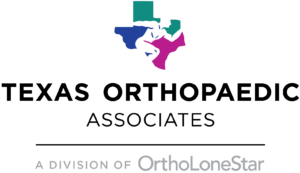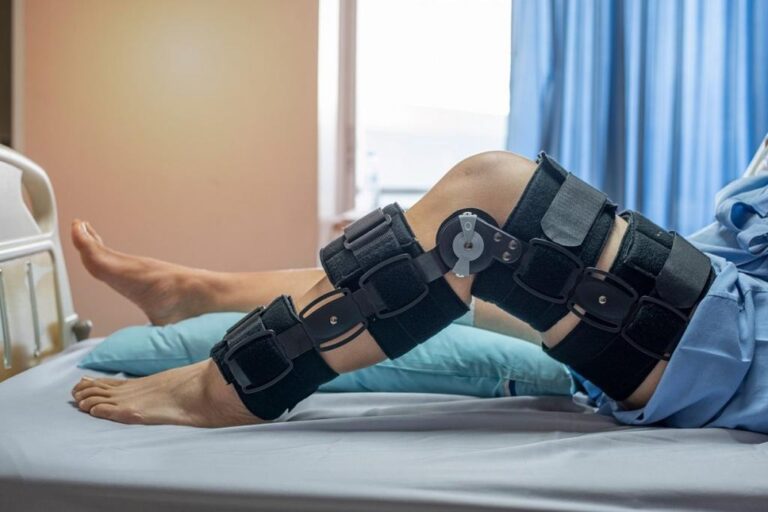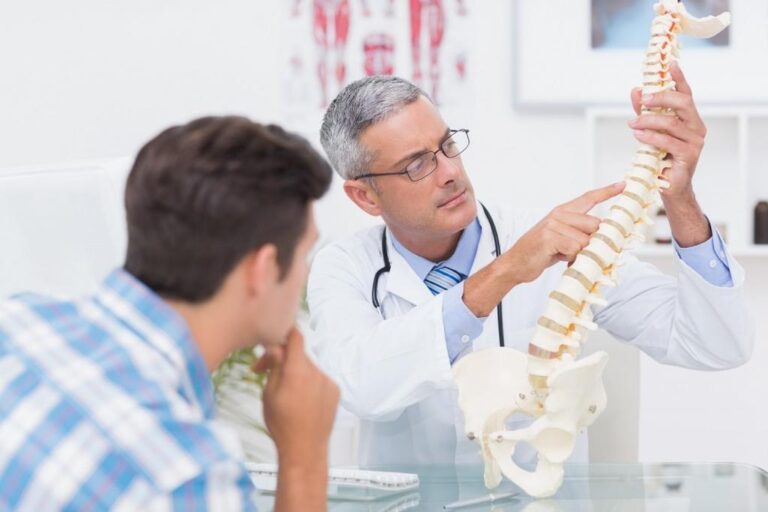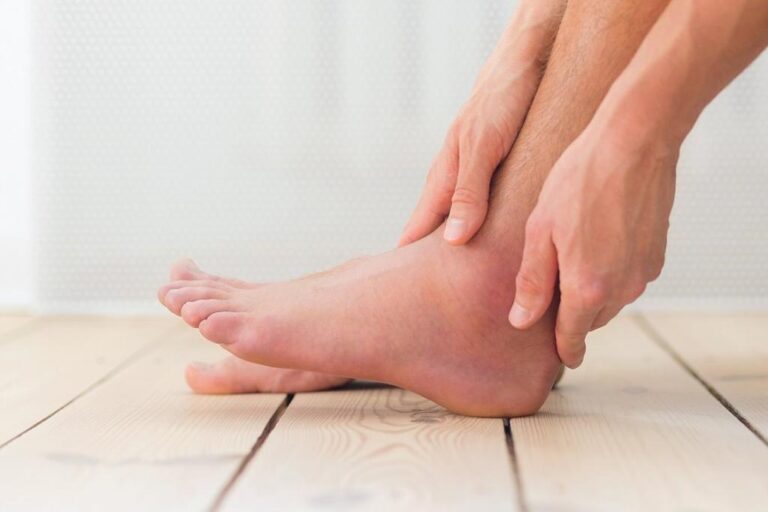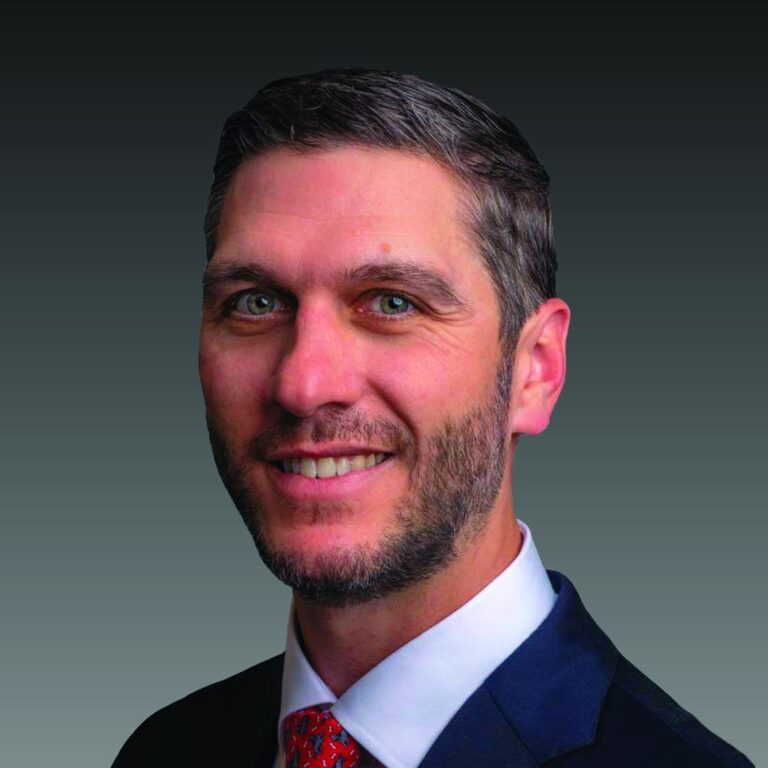Although it’s a common sports injury, you don’t have to be athletic to tear your anterior cruciate ligament (ACL). In fact, there are about 350,000 accounts of ACL injuries annually in the United States. Whether your tear is due to sports, from trauma like a car accident, or from rapid movement, jumping, or swiftly rotating your knee, the road to rehabilitation and recovery is the same.
With three decades of experience in the Dallas-Fort Worth Metroplex, our renowned team of orthopaedic practitioners at Texas Orthopaedic Associates offers all the care and support you need to get back on your feet again if you have a torn ACL. Each of our five state-of-the-art clinics provides on-site diagnostics and imaging, and the practice is known for minimally invasive solutions and comprehensive rehabilitative care. To understand what’s involved in your recovery, our team of doctors weighs in to answer some common questions about ACL injuries.
How does the knee joint work?
Your knee is one of the most complex joints in your body. Its purpose is to help you flex and straighten to make it possible for you to easily change positions. When you run, jump, sit, stand, or walk, your knee joint is hard at work making your movements possible.
Your kneecap, thigh bone, and shin bone merge together to form your knee, which is a hinge joint that’s capable of rotation. It’s stabilized by four ligaments, which are hefty bands of tissue. One of those hard-working ligaments is the ACL.
What is a torn ACL?
Your ACL spans across your knee diagonally, keeps your tibia from sliding out of position in front of your femur, and prevents your knee from buckling. When you tear your ACL, you may experience some or all of the following symptoms:
- Loud popping noise
- Swelling
- Pain
- Loss of range of motion
In addition, a torn ACL may make it extremely difficult to put weight on your knee or walk.
Custom plan for road to recovery
Depending on how severe your injury is, your activity level, and your overall health, our team maps out a custom plan to get you on the road to rehabilitation and recovery.
If you aren’t especially active or involved in sports, your doctor may prescribe bracing and physical therapy. Our practice has a physical therapy clinic at our Dallas-Walnut Hill location. Our team of expert physical therapists works with you to strengthen and rehabilitate your knee to alleviate pain, restore function, and help prevent further injury.
In many cases, especially for the young and athletic, the best treatment for long-term recovery is surgery. If that’s the case for you, your doctor maps out a plan that includes the most minimally invasive approach, which uses tissues from other tendons in your body to fortify your ACL. Over time, new tissue grows to help rebuild strength in your ACL. With proper physical therapy and specific exercises, you may be back on the field or court in five or six months.
For compassionate and comprehensive care of your torn ACL, call one of the many locations near you or request an appointment online.


